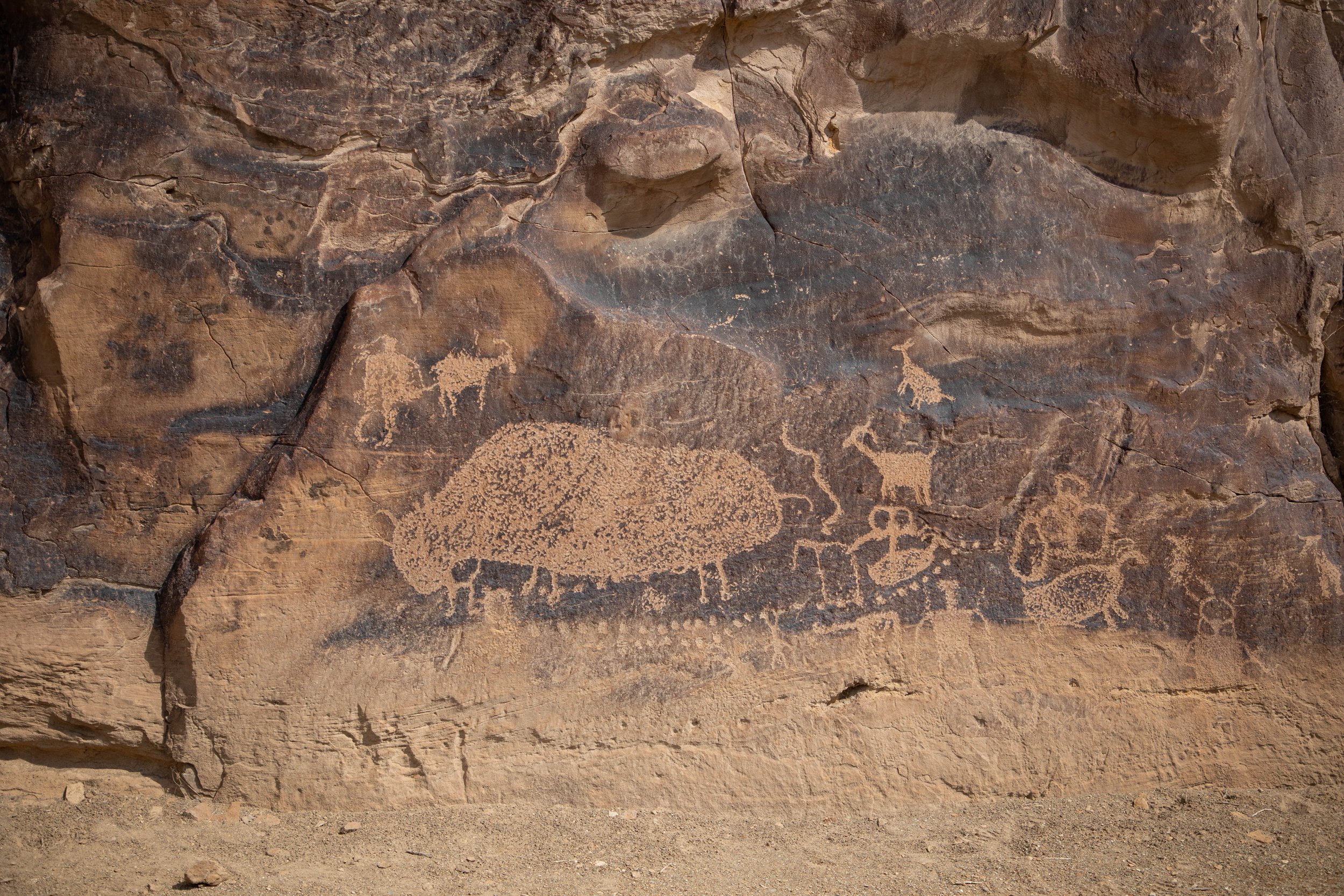
Nine Mile Canyon
Nine Mile Canyon has a deep and rich pre-history starting about 8,000 years ago with the appearance of the Archaic people, followed by the arrival of the Fremont people about 2,500 years ago. Eventually, the canyon saw the arrival of Numic speakers known as the Ute's during the Protohistoric era, followed by Euro-American fur traders and prospectors, who appear in the historical record as early as the 1800's. In 1886, the 9th Cavalry Regiment of Buffalo Soldiers built the original road and telegraph line through Nine Mile Canyon, paving the way for Anglo settlers who established ranches, stagecoach stations, and regular mail service. Today the canyon is home to several private ranches, parcels of State and Federal land, and is a natural transportation corridor from the San Rafael Swell into the Uinta Basin.
Plan your visit.
-

What to bring.
There are no services in the canyon, so plan to arrive with a full tank of gas, plenty of water, and food, and a litter bag (pack it in, pack it out).
We also recommend bringing sunscreen, insect repellent, binoculars, and a camera. And lastly, keep in mind there is no cellular reception within the canyon.
-

Daily use and camping.
There are two daily use areas, one at Cottonwood Glen, and the other at Daddy Canyon. Both sites have pit-toilets, a pavilion, and picnic tables.
Be aware of wildlife, livestock, and oil/gas tanker traffic on the road. We recommend pulling off the road when stopping to view rock art or scenery.
Camping on public lands is not allowed in Nine Mile Canyon. Accommodations within the canyon can be found at the Nine Mile Ranch.
-

Best practices.
Stay on all marked trails and roads, be respectful of private property. We’re fans of the phrase, “Take only pictures, leave only footprints.” We recommend not revealing site locations (coordinates or geotags) on social media as it can attract increased visitation and/or vandalism to an unprotected space.
Do not touch any rock art, and refrain from making your own. No climbing in/on ancestral structures, they are extremely fragile. Leave all cultural objects (such as pottery pieces, tool stone, corncobs etc.) as you found them. Archaeological resources are protected by state and federal law. To anonymously report vandalism call 800.722.3998.

